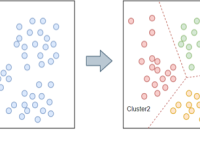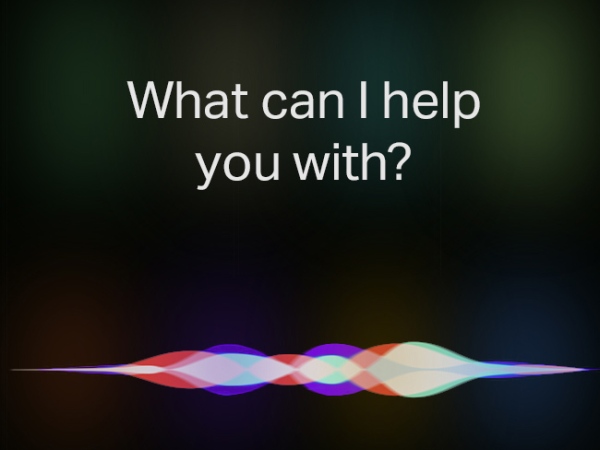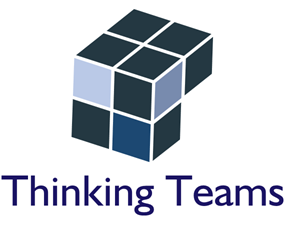ChatGPT: AI Rising
So, in the realm of ones and zeros spun, ChatGPT emerged, a dialogue begun. In the digital tapestry, its story sown, A testament to the code, a creation well-known. ChatGPT ChatGPT and other Large Language Models have come to the forefront of AI research and public discourse over the last couple of years. What is…
How to Con an AI
AIs can perform well at all kinds of tasks, such as interpreting images or text. For example, these days deep neural networks (DNNs) get over 90% accuracy on the IMAGENET benchmark database, which requires recognition of over 20,000 types of objects in over 14 million images. Even though today’s deep neural networks have roots in…
Adapting AI Systems to a Changing Environment
AI systems rely on machine learning, a process that uses data collected from the real world to train systems by optimizing their parameters. The data collected to train an AI system represents the world at a snapshot in time, the time during which the data was collected. This makes an AI system vulnerable to changes…
Review: Human Compatible: Artificial Intelligence and the Problem of Control by Stuart Russell
Professor Russell’s book starts out with an entertaining journey through the history of AI and automation, as well as cautionary thinking about them. This discussion is well informed – he is a renown AI academic and co-author of a comprehensive and widely used AI textbook. Having provided historical background, the remainder of the book argues…

Learning Common Sense from Video
Common sense makes humans very efficient learners, so machine learning researchers have been working on ways to imbue machines with at least some ‘common sense’. In a previous blog we discussed using pictures to train natural language processing systems, in a sense giving the systems partial ‘knowledge’ of what words represent in the physical world. ML systems…

Learning Words with Pictures
Natural language processing (NLP) machines have made great progress by learning to recognize complex statistical patterns in sentences and paragraphs. Work with modern deep learning models such as the transformer has shown that sufficiently large networks (hundreds of millions parameters) can do a good job processing language (e.g., translation), without having any information about what…

Machines Learning From Machines
‘If I have seen further, it is by standing on the shoulders of giants’ Sir Isaak Newton, 1619 Technical disciplines have always progressed by researchers building on past work, but the deep learning research community does this in spades with transfer learning. Transfer learning builds new deep learning systems on top of previously developed ones.…

Navigating the Cost Terrain with Minibatches
Training a Machine Learning system requires a journey through the cost terrain, where each location in the terrain represents particular values for all ML system parameters, and the height of the terrain is the cost, a mathematical value that reflects how well the ML system is performing for that parameter set (smaller cost means better…

Learning Without a Teacher
Machine learning applications generally rely on supervised learning, learning from training samples that have been labeled by a human ‘teacher’. Unsupervised learning learns what it can from unlabeled training samples. What can be learned this way are basic structural characteristics of the training data, and this information can be a useful aid to supervised learning. In my latest…

The Road to Human-Level Natural Language Processing
Language is a hallmark of human intelligence, and Natural Language Processing (NLP) has long been a goal of Artificial Intelligence. The ability of early computers to process rules and look up definitions made machine translation seem right around the corner. However language proved to be more complicated than rules and definitions. The observation that humans…
Loading…
Something went wrong. Please refresh the page and/or try again.
Follow My Blog
Get new content delivered directly to your inbox.
